When to use Clustered Index-
Query Considerations:
1) Return a range of values by using operators such as BETWEEN, >, >=, <, and <= 2) Return large result sets
3) Use JOIN clauses; typically these are foreign key columns
4) Use ORDER BY, or GROUP BY clauses. An index on the columns specified in the ORDER BY or GROUP BY clause may remove the need for the Database Engine to sort the data, because the rows are already sorted. This improves query performance.
Column Considerations :
Consider columns that have one or more of the following attributes:
1) Are unique or contain many distinct values
2) Defined as IDENTITY because the column is guaranteed to be unique within the table
3) Used frequently to sort the data retrieved from a table
Clustered indexes are not a good choice for the following attributes:
1) Columns that undergo frequent changes
2) Wide keys
When to use Nonclustered Index-
Query Considerations:
1) Use JOIN or GROUP BY clauses. Create multiple nonclustered indexes on columns involved in join and grouping operations, and a clustered index on any foreign key columns.
2) Queries that do not return large result sets
3) Contain columns frequently involved in search conditions of a query, such as WHERE clause, that return exact matches
Column Considerations :
Consider columns that have one or more of the following attributes:
1) Cover the query. For more information, see Index with Included Columns
2) Lots of distinct values, such as a combination of last name and first name, if a clustered index is used for other columns
3) Used frequently to sort the data retrieved from a table
Database Considerations:
1) Databases or tables with low update requirements, but large volumes of data can benefit from many nonclustered indexes to improve query performance.
2) Online Transaction Processing applications and databases that contain heavily updated tables should avoid over-indexing. Additionally, indexes should be narrow, that is, with as few columns as possible.
